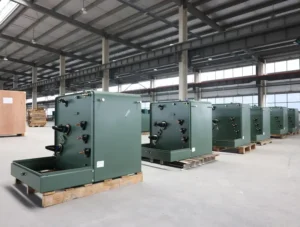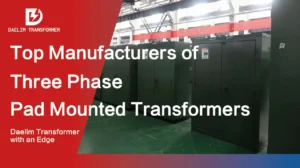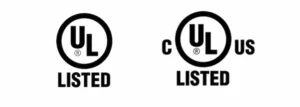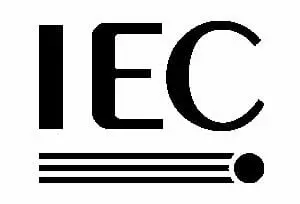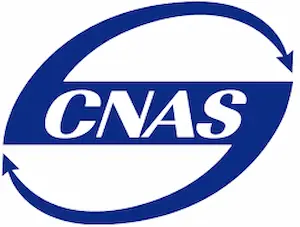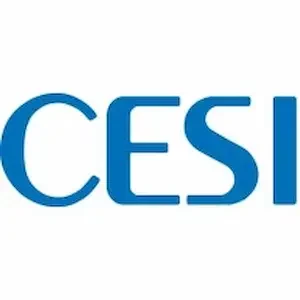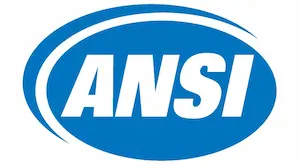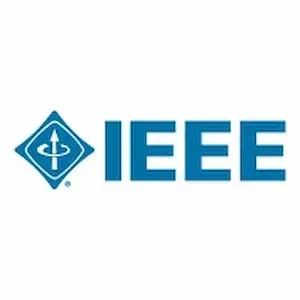Distribution Transformer Standards in the United States
In the United States, distribution transformer standards are primarily governed by IEEE/ANSI standards and DOE regulations. These standards ensure the performance, safety, and energy efficiency of distribution transformers, covering aspects such as design, testing, and operational guidelines. Key documents include IEEE C57.12.00, which provides general requirements for liquid-immersed transformers, and DOE 10 CFR Part 431, which sets minimum energy efficiency standards. These regulations ensure transformers are reliable and energy-efficient across varying U.S. power systems.
Key Takeaways
IEEE/ANSI Standards: U.S. distribution transformers must comply with IEEE C57.12.00 for general requirements and ANSI C57.12.20 for pad-mounted transformers, focusing on performance, insulation, short-circuit withstand capacity, and safety.
DOE Energy Efficiency Standards: The DOE 10 CFR Part 431 mandates energy efficiency levels for distribution transformers, requiring manufacturers to meet minimum efficiency standards and conduct rigorous testing for compliance.
Testing Protocols: Transformers undergo various tests as outlined in IEEE C57.12.90, including dielectric testing, short-circuit testing, and temperature rise testing to ensure operational safety and efficiency.
Practical Implementation: Manufacturers must design, test, and certify transformers according to IEEE/ANSI standards and DOE regulations to ensure they meet U.S. power grid requirements and energy efficiency goals.
Regulatory Compliance: Non-compliance with these standards results in penalties, including market exclusion, emphasizing the importance of adherence for operational and environmental sustainability.
Skid Mounted Transformer(Small-substastion Transformer)
Single Phase Pole Mounted Transformer
Oil Immersed Power Transformer
Table of Content
IEEE/ANSI Standards for Distribution Transformers
The U.S. follows standards developed by the Institute of Electrical and Electronics Engineers (IEEE) and the American National Standards Institute (ANSI), which are essential for ensuring the operational safety, reliability, and efficiency of distribution transformers. These standards apply to a wide range of transformers used in urban, suburban, and rural power grids. Below are some of the most critical IEEE/ANSI standards:
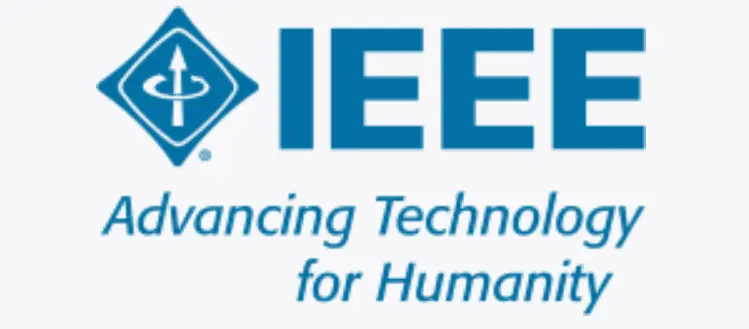
IEEE C57.12.00 – General Requirements for Liquid-Immersed Distribution Transformers
- Scope: This standard outlines the general requirements for liquid-immersed distribution transformers and power transformers. It covers transformer ratings, construction, electrical characteristics, and testing requirements.
- Key Provisions:
- Insulation Requirements: Specifies the type and quality of insulating materials, ensuring they meet the operational demands of the transformer’s environment.
- Short-Circuit Strength: Defines the transformer’s ability to withstand mechanical and electrical stresses during fault conditions.
- Temperature Limits: Establishes acceptable temperature rises for transformer components to prevent overheating, which could lead to premature failure.
- Dielectric Testing: The standard mandates testing procedures to ensure insulation integrity under operating conditions.
This standard is widely used in the design and manufacturing of distribution transformers across the U.S., ensuring they can withstand the demands of the grid and provide reliable service over time.
Get it now: What is a pad-mounted transformer?
ANSI C57.12.20 – Pad-Mounted, Compartmental-Type Transformers
- Scope: Focuses specifically on pad-mounted transformers used in residential and light commercial applications, often installed at ground level in tamper-resistant enclosures.
- Key Provisions:
- Enclosure Integrity: Ensures the pad-mounted transformer’s compartment is safe from tampering, which is vital in public access areas.
- Accessibility for Maintenance: The standard includes guidelines for ease of access for maintenance and repairs without compromising safety.
- Electrical Performance: Specifies the performance parameters, including impedance, no-load losses, and load losses, tailored to pad-mounted installations.
This standard is vital for distribution transformers that are widely used in residential and commercial areas, focusing on safety and accessibility.
DOE Energy Conservation Standards for Distribution Transformers
The U.S. Department of Energy (DOE) enforces regulations that mandate energy efficiency standards for distribution transformers. These standards aim to reduce energy consumption and minimize operational costs over the transformer’s lifecycle. The main regulatory document governing energy efficiency is DOE 10 CFR Part 431.
DOE 10 CFR Part 431 – Energy Efficiency Standards
- Scope: This standard sets minimum energy efficiency requirements for liquid-immersed and dry-type distribution transformers. It applies to transformers used in utility, industrial, and commercial applications.
- Key Provisions:
- Efficiency Metrics: The DOE mandates specific efficiency levels that transformers must meet, based on their capacity and voltage rating. Transformers must minimize core losses (no-load losses) and winding losses (load losses) to meet these efficiency benchmarks.
- Testing Protocols: The DOE outlines specific testing methods to ensure transformers meet the mandated efficiency levels. Manufacturers must test each transformer to verify compliance before it can be sold in the U.S.
- Penalties for Non-Compliance: Failure to meet DOE energy efficiency standards can result in penalties, including fines and restrictions on selling non-compliant transformers.
This regulation is crucial in ensuring that distribution transformers contribute to overall energy efficiency and environmental sustainability in the U.S. power grid.
IEEE C57.12.90 – Testing Requirements for Distribution Transformers
Testing is a critical aspect of transformer performance. The IEEE C57.12.90 standard specifies the test procedures for distribution transformers, ensuring that they meet the required performance standards under various operational conditions.
Key Testing Requirements Under IEEE C57.12.90
- Dielectric Testing: This test verifies the transformer’s insulation capability under normal operating voltages and during transient overvoltage events.
- Short-Circuit Testing: Ensures the transformer can withstand high mechanical and electrical stresses during fault conditions without significant damage.
- Temperature Rise Testing: Confirms that the transformer can operate within specified temperature limits, ensuring that overheating does not occur during normal and peak load conditions.
- Loss Measurements: Tests for core and winding losses, which are critical for determining transformer efficiency and long-term energy consumption.
Practical Implementation and Compliance
In practice, adhering to these standards ensures that distribution transformers meet the diverse needs of the U.S. energy market. Utilities and transformer manufacturers must rigorously follow the specifications and testing requirements to ensure safe and efficient operation.
Practical Steps for Manufacturers
- Design Compliance: During the design phase, transformer manufacturers must incorporate materials and technologies that align with IEEE/ANSI standards to ensure compliance with insulation, temperature, and structural integrity requirements.
- Testing Procedures: Before transformers are installed in the field, they undergo stringent testing as per IEEE C57.12.90 to validate their performance under real-world conditions.
- Energy Efficiency Certification: Under DOE regulations, manufacturers must certify that their products meet the minimum energy efficiency standards before they are sold or installed. Non-compliant transformers are prohibited from entering the U.S. market.
By following these standards, the U.S. ensures that distribution transformers are both reliable and energy-efficient, which is critical for maintaining the stability of the power grid and reducing long-term operational costs.
Get it now: What is a Skid Mounted Transformer?
Get it now: How does a Distribution Transformer Work?

